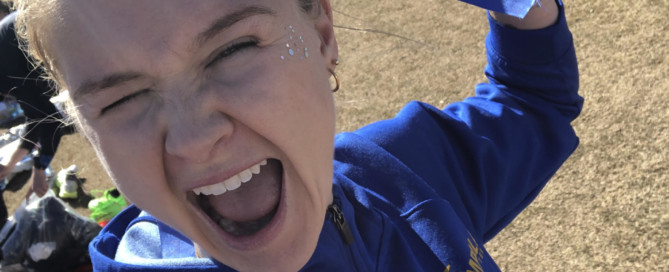When trying to stay safe and healthy during our present public health crisis, it’s good to fact check the glut of information available to us against medically qualified sources. A big one for us? The claim that intense training can weaken the immune system. This is partly true, but don’t let that scare you into tossing away your P90x or sprint workouts just yet. We’re going to science our way through this!
When looking at scientific journals and reports (listed at the end of this post), we see that when attempting intense training, there can be a temporary suppression of immune functions and thus a slight increase in susceptibility to infection, otherwise known as the “Open Window” theory. However, this occurs after prolonged sessions of intense workouts of around two to three hours, with a rest in between intervals of less than one minute, and going at close to max effort or anything above 75% VO2. You’ve got to be going pretty hard!
But, if the downsides to intense training are there, what are the benefits? Why should we train hard, even if we won’t be competing in a race or going to a beach party anytime soon? Why not get that corona-bod?
When you exercise, you will not only be better trained and stronger for surviving the next apocalyptic 2020 event, but you will also develop a much stronger and healthier immune system.
As summarized in a report by the National Center for Biotechnology Information, a branch of the U.S. National Library of Medicine, there is an increase in certain immune defenses such as subsets of T-cells around the gut and lungs where infection is most likely to occur. It’s kind of like the body’s version of booby traps from Home Alone that alerts the immune system to the presence of invaders to prevent spread. On top of that, with regular exercise, the body becomes a lot more alert, like dogs to your neighborhood mailman/woman, to bacterial and viral antigens, the ID tags of cells, and faster at responding to such ID tags.
Lastly, we’ll look at the effects of exercise on the aging lymphatic system. Recent studies have shown that with exercise, there was an observed decrease or slowing of aging throughout the cells and an overall increase in the production of Naive T-cells, which are the special detective T-cells that locate new foreign bodies that your body has never encountered before.
A study from Medlineplus, another branch of the US National Library of Medicine, found that exercise also aids in flushing out bacteria and infections from your lungs and airways. An increase in body temperature during exercise eliminates a lot of current or soon-to-be infections throughout the body, similar to when you are suffering from the symptoms of the cold or flu when your body attempts to purge itself of the foreign bodies. Lastly, exercise decreases stress, which is linked to an increased risk of illness or infection.
Like everything in life, training and exercising is something to be done in moderation. It’s good for you, but taking it to the extreme can lead to some consequences such as the “Open Window”. So, don’t stop training and exercising and pushing yourself, just remember to take a good break in between, eat some food, and hydrate plenty!
References:
Campbell, John P, and James E Turner. “Debunking the Myth of Exercise-Induced Immune Suppression: Redefining the Impact of Exercise on Immunological Health Across the Lifespan.” Frontiers in immunology. National Center for Biotechnology Information, U.S. National Library of Medicine, April 16, 2018. https://www.ncbi.nlm.nih.gov/pmc/articles/PMC5911985/.
Sander, Ruth. “Exercise Boosts Immune Response.” Ruth Sander. Royal College of Nursing Institure, June 24, 2011. https://journals.rcni.com/nursing-older-people/exercise-boosts-immune-response-nop.24.6.11.s11
Vorvick, Linda J. “Exercise and Immunity: MedlinePlus Medical Encyclopedia.” MedlinePlus. U.S. National Library of Medicine, January 14, 2018. https://medlineplus.gov/ency/article/007165.htm.
Zwetsloot, Kevin A, Casey S John, Marcus M Lawrence, Rebecca A Battista, and R Andrew Shanely. “High-Intensity Interval Training Induces a Modest Systemic Inflammatory Response in Active, Young Men.” Journal of inflammation research. Dove Medical Press, January 9, 2014. https://www.ncbi.nlm.nih.gov/pmc/articles/PMC3920540/.

